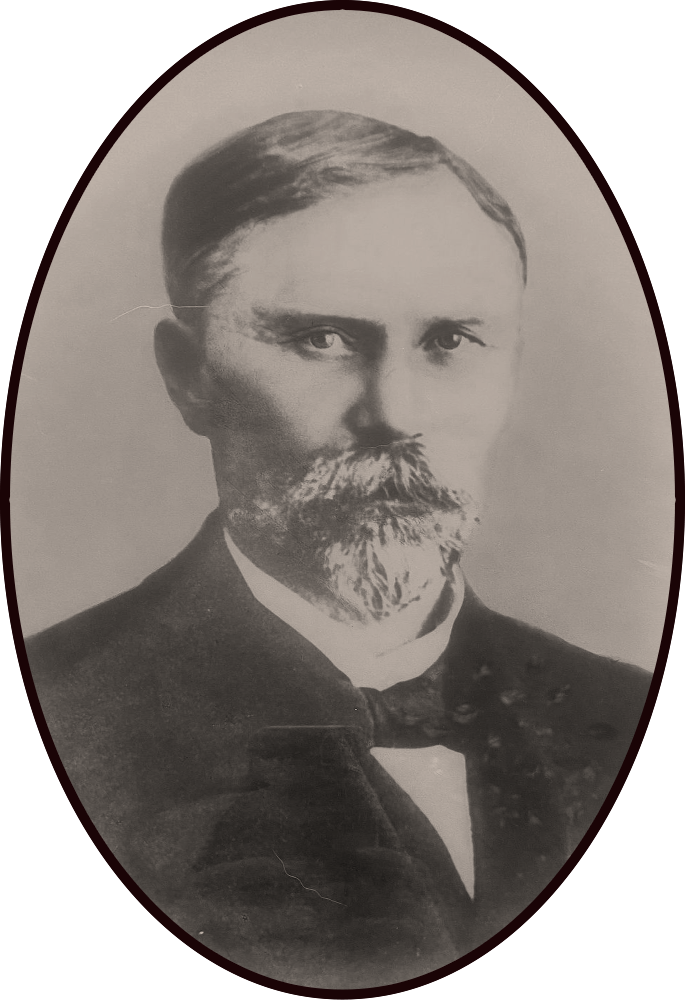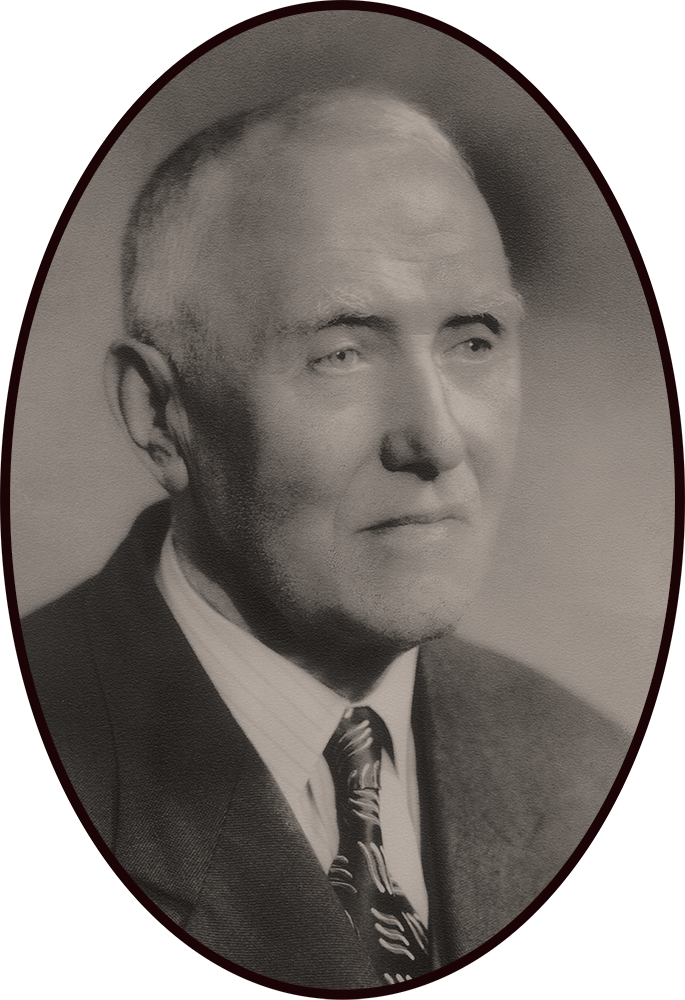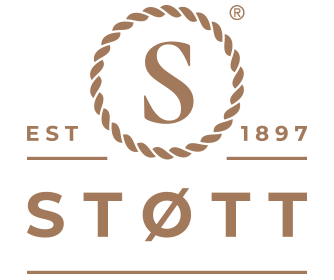Støtt
The colourful history of Støtt Old Trading Post
Coastal merchants were an integral part of a new economic and social system that developed in Northern Norway during the latter part of the 18th century. These merchants controlled trade along the coast of Nordland and were tightly knit, often through marriage. Many trading posts were established in the 18th century. The peak of their prosperity and power was in the middle of the 19th century.
For many centuries the sea provided the livelihood for the villagers of Støtt. This fisherman’s village was mentioned by Archbishop Engelbrektson in 1530. The word Støtt means “islands by the towering mountain”. Historical variations of this name have been Sthotte, Stytte, Støtte, Støt and now Støtt. Numerous archaeological finds indicate that the islands were already important during the Viking Era.
In 1666, when Norway was ruled by Denmark, Støtt became part of the estate of the Danish noble family Hvidt. Around 1750, ownership passed to the Brodkorbs, a family that eventually came to own large parts of Helgeland. For centuries, Støtt provided a safe haven for ships sailing the coast, and there was merchant activity here. At the end of the 1700s, Støtt was given royal license to operate a full-fledged trading post.
For countless generations of fishermen who came in traditional Nordland boats, simple craft that were sailed and rowed, this was an ideal place to seek shelter from storms. Here they awaited good weather so they could cross the open waters of the notorious Vestfjord. Their destination was the waters near the Lofoten Islands, where every winter vast number of migrating cod come to spawn.
The waters around the Støtt archipelago also offered great herring fishing in the autumn, cod fishing in the winter, and whaling as well. Støtt was the first production site for cod liver oil on the Helgeland coast.
Støtt had its own bakery, excellent well water, and a trading post well stocked with fishing gear and other necessities. This was the fishermen’s last chance to purchase provisions. For all these reasons, the trading post, strategically situated along the coastal shipping lane, was usually teeming with activity. In its heyday, Støtt was a cultural hub and an important meeting place for people from throughout the region.
Generations of merchants
Between 1824 and 1829, Støtt was managed by Anna Elisabeth, daughter of Christer Sverdrup from Kjerringøy. In 1829, when Sverdrup died, Anna Elisabeth and her husband left Støtt to run the trading post on Kjerringøy. After the death of her husband, skipper Jens Ellingsen, Anna Elisabeth married Erasmus Zahl, one of the richest men in all of Nordland. Author Knut Hamsun modelled Mack, one of the key characters of his novels, on Zahl.
In 1829, Anna Elisabeth’s sister, Kristiane Bolette, took over the family business. She and her heirs ran Støtt until 1884. On several occasions, the Støtt trading post received financial help from Erasmus Zahl.
A merchant by the name of Hassel bought the trading pace; in 1897 he sold it to Johan Sørensen. In 1926, when the merchant died at sea, his son Sigurd took over. Thirty-three years later, management passed to Karl Henry and his brother, who modernised operations. Today, Støtt Old Trading Post is owned and operated by the fourth and fifth generations of proprietors. Støtt now offers a very unique experience to travellers who come from every corner of the world.

Johan Sørensen

Sigurd Sørensen

Karl Sørensen
The old buildings of the trading post
The Old Store
The old store was in operation until 1959. Originally, the building was relocated from Åsvær in Helgeland and was somewhat larger than the current building.
The store had a wide range of commercial goods and provided fishermen with provisions and equipment for their boats. There was a separate liquor counter in the store.
Rødbrygga
The wharf building called Rødbrygga is the pride of the Støtt Old Trading Post. Resting on a grid of massive spruce, Rødbrygga’s building style is characteristic of Northern Norwegian trading posts built in the 19th century. This was where the fishermen’s catch was received and processed; here fish were gutted, filleted and salted. Rødbrygga dates from the 1820s or 1830s.
The Telegraph Station
The first telegraph station between the towns of Sandnessjøen and Bodø was established at Støtt in 1858, at the initiative of merchants Bonsak and Kristiane Bolette Gotaas. When the proprietor’s large main house was demolished in 1884, a separate building was raised for the telegraph station.
The great fisheries activity of the time required timely communications between the fishing villages along the coast, and fishermen needed to keep in touch with their families.
From 1897, the telegraph station was managed by Johan Sørensen, the merchant who owned the Støtt trading post. His son Sigurd lived here with his family until his death in 1958, whereupon it passed to his daughter, Elsa Sørensen. Her niece, Eva Andersen, the current proprietor of Støtt, took over in 2021.
The Bakery
Like other major trading posts, Støtt had its own bakery. The baker worked full time baking bread to supply visiting fishermen and local residents. It is said that the oven could bake 60 loaves at a time, and was in operation from early morning till late at night.
Stabburet
The oldest building at Støtt is Stabburet, the old storehouse. It dates from the 18th century. Eventually it became a lodging house for the staff of the trading post. Today the two-story Stabburet provides charming accommodation for visitors.
Rorbua
Rorbu were simple quarters for the fishermen who fished the waters near Støtt. Here they slept, repaired their nets and baited the hooks of their longlines. Such shacks for fishermen were built at many trading posts up and down the coast.


